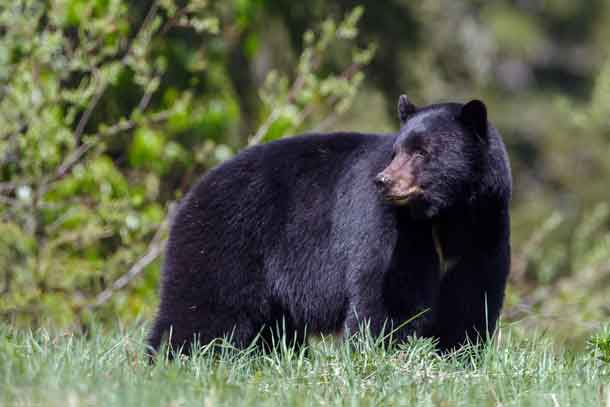THUNDER BAY – LIVING — As spring slowly makes its return to Northwestern Ontario, so too do Ontario’s black bears from their long winter hibernation. From backyards in rural communities to trails and campsites across the region, the risk of bear encounters rises with the temperature. Being Bear Wise—knowing how to prevent and respond to these encounters—is crucial for both public safety and wildlife conservation.
Black Bears: A Common Sight Across Ontario
Black bears inhabit much of Ontario, including the vast greenbelt around Thunder Bay and beyond. With food sources like berries, insects, and garbage drawing them closer to populated areas in spring and summer, encounters between humans and bears become more likely—especially for those spending time outdoors.
Avoiding Bear Encounters: Stay Alert and Be Noisy
One of the best ways to avoid a surprise encounter with a bear is to make your presence known:
-
Make noise as you move through dense woods or near running water. Singing, whistling, or chatting with others will alert bears to your presence, giving them time to move away.
-
Stay aware of your surroundings. Look for signs of bear activity like tracks, claw marks, overturned logs, or droppings.
-
Leave the headphones at home. Keeping your ears open could alert you to wildlife nearby.
-
If walking a dog, always keep it on a leash. Dogs can provoke bears or lead them back to you.
Think About Safety Before You Head Out
If you’re hiking, camping, or exploring the backcountry, be prepared:
-
Carry a whistle or air horn to scare off curious wildlife.
-
Bear spray is highly effective—if you know how to use it. Keep it accessible.
-
In remote areas, a long-handled axe can be a practical addition for protection and utility.
If You See a Bear: Stay Calm and Back Away Slowly
Should you spot a black bear, your reaction can make all the difference:
-
Stay calm. Do not run, climb a tree, or try to swim away.
-
Slowly back away while keeping the bear in your peripheral vision. Avoid direct eye contact.
-
If the bear doesn’t leave, make yourself big. Wave your arms and make loud noises to assert your presence.
-
Find shelter. If a vehicle or building is nearby, get inside as a precaution.
A Shared Landscape
Thunder Bay’s proximity to forested areas means residents frequently share space with black bears. By taking preventative measures and reacting appropriately, we can ensure that both people and bears remain safe this season.
For more resources and seasonal bear updates, visit Ontario’s Bear Wise program online.







